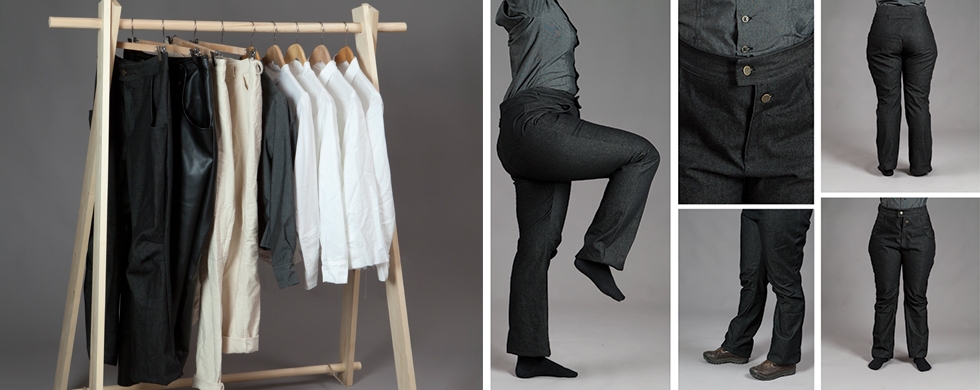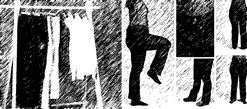Work Wear
Clothes for the Operator of the Future. Development of Work Wear for Swedish Manufacturing Industries for the Year 2020
Summary
The work was performed for the Department of Product and Production Development at Chalmers University of Technology within the framework of the Operator of the Future, a project funded by Vinnova. The Operator of the Future Project aims to explore the needs and requirements of the industrial operator in the year 2020, and how the value adding processes can be supported. The project identified the ability to change and development of processes as key factors for success in the future. While the manufacturing industry has an ever-increasing need for trained professionals, the proportion of the population who are willing to work within the industry in general is decreasing, and the portion that are educated to work in industry is decreasing as well. Young people today say that they want to work in teams, with few position limits, and with an opportunity to be creative in their work. Today’s industries do not allow these aspirations, and the clothes aid in cementing that image.
The thesis explores how the population and industry conditions change for the year 2020, and what role work wear can have in that change. Today’s manufacturing industries were investigated through literature studies, observations and interviews. The symbolic and physical functions of today’s work wear, and the desired functions for 2020 were examined. By identifying two typical work environments and putting them in relation to the work wear currently used, the realization was reached that today’s clothing is inappropriate. In the first environment, the clothes are significantly better than they need be, and in the second they are considerably worse than they need to be.
Key factors for successful work wear were identified for users, economy and the environment. A new way of using anthropometric measurements was identified; dynamic measurements using fixed points on the body put in different configurations. The project resulted in a concept for future work wear, where a version of office clothes with improved mobility can be used in the first identified typical environment. These clothes have improved mobility compared to current work wear while they are better adapted to the conditions that actually exist in the industry. By allowing the appearance of operators and managers to converge, cooperation is facilitated which is desired by the future labor force. Concurrently, it may change the erroneous image which many have of the industry: that it is heavy, dirty and dangerous.
Skriv ut ![]()


